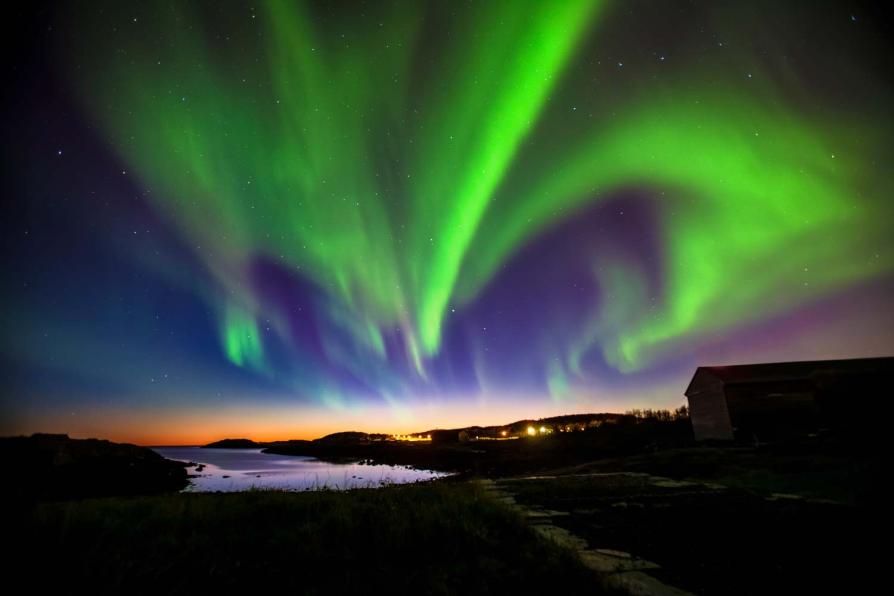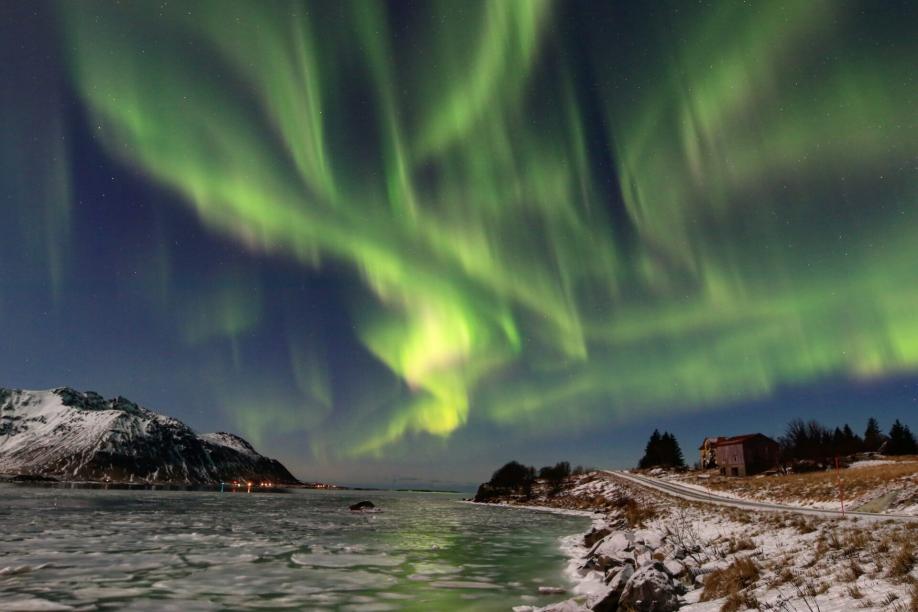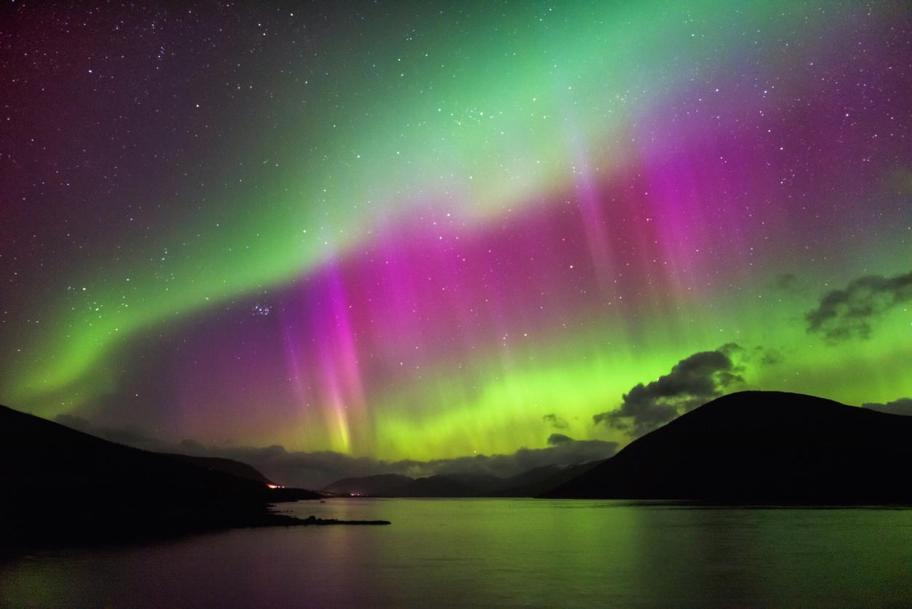The Future of Aurora Watching: Innovations and Emerging Technologies
Imagine standing beneath a celestial canvas painted with vibrant streaks of green, purple, and pink, dancing across the night sky like a cosmic ballet. Aurora borealis, also known as the Northern Lights, is a mesmerizing natural phenomenon that has captivated humanity for centuries. As aurora watching gains popularity, innovations in technology are transforming the way we experience and study these celestial wonders.

Current State Of Aurora Watching:
Traditionally, aurora watching involved naked-eye observations and basic photography. However, these methods are limited by weather conditions, light pollution, and the naked eye's inability to capture the full spectrum of auroral colors and movements.
Innovations In Aurora Watching Technology:
- Specialized Cameras and Telescopes: Advanced cameras and telescopes equipped with sensitive sensors and long exposure capabilities allow photographers and researchers to capture stunning images and videos of auroras, revealing intricate details and colors.
- Mobile Applications and Websites: Real-time aurora forecasts and alerts provided by mobile applications and websites help aurora enthusiasts plan their observations and maximize their chances of witnessing the celestial display.
- Data Collection and Analysis: Sophisticated instruments and sensors collect vast amounts of data on auroral activity, including intensity, location, and movement. This data is analyzed by scientists to better understand the underlying physics and dynamics of auroras.
Augmented Reality And Virtual Reality:
Emerging technologies like augmented reality (AR) and virtual reality (VR) are revolutionizing aurora watching experiences.
- Augmented Reality: AR overlays digital information and interactive elements onto real-world aurora displays. This technology can provide real-time information about the aurora's location, intensity, and scientific significance, enhancing the observer's understanding and appreciation of the phenomenon.
- Virtual Reality: VR creates immersive simulations of aurora events, allowing people to experience the celestial display from anywhere in the world. VR can also be used for educational purposes, providing interactive visualizations of auroral science and its impact on Earth's atmosphere.
Citizen Science And Community Involvement:

Citizen science initiatives play a vital role in aurora research and monitoring.
- Data Collection: Aurora-watching communities contribute valuable data by sharing their observations, images, and videos with scientific research projects. This data helps scientists track auroral activity, study its patterns, and improve forecasting models.
- Public Engagement: Citizen science projects raise awareness about aurora science and promote public engagement in scientific research. By actively participating in these initiatives, individuals can contribute to the advancement of knowledge about auroras and their impact on Earth's environment.
Sustainable Aurora Watching Practices:
As aurora watching becomes more accessible, it is essential to consider the environmental and ethical implications of these activities.
- Light Pollution: Excessive light pollution from urban areas can interfere with aurora visibility. Promoting responsible lighting practices and reducing light pollution can help preserve dark skies and enhance aurora watching experiences.
- Respect for the Environment: Aurora watching should be conducted in a manner that minimizes disturbance to the natural environment and respects the cultural heritage of local communities. This includes avoiding sensitive areas, following designated trails, and adhering to local regulations.
Future Outlook:

The future of aurora watching holds exciting possibilities.
- Advancements in Imaging and Forecasting: Continued advancements in imaging technology and forecasting models will enable more accurate and detailed predictions of auroral activity. This will allow aurora enthusiasts to plan their observations more effectively and increase their chances of witnessing the celestial display.
- Space-Based Observations: Space-based observatories equipped with specialized instruments can provide a global perspective of auroral activity, allowing scientists to study the phenomenon on a larger scale and gain insights into its relationship with solar activity and Earth's magnetic field.
- Citizen Science and Future Research: Citizen science initiatives will continue to play a crucial role in aurora research, with individuals contributing valuable data and insights. The collaboration between scientists and citizen scientists will lead to a deeper understanding of auroras and their impact on Earth's environment.
The future of aurora watching is bright, with innovations in technology, citizen science, and sustainable practices shaping the way we experience and study these celestial wonders. As we continue to explore the mysteries of the aurora borealis, we can appreciate its beauty, learn from its scientific significance, and work together to preserve its natural splendor for generations to come.
YesNo

Leave a Reply